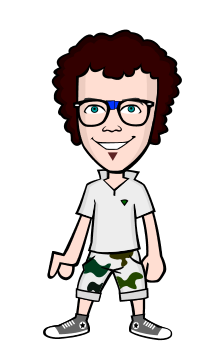French engineer Gustave Eiffel
- NAME: Gustave Eiffel
- OCCUPATION: Engineer
- BIRTH DATE: December 15, 1832
- DEATH DATE: December 27, 1923
- EDUCATION: College of Art and Manufacturing
- PLACE OF BIRTH: Dijon, France
- PLACE OF DEATH: Paris, France
- Full Name: Alexandre-Gustave Eiffel
- AKA: Gustave Eiffel
- Nickname: Magician of Iron
"I ought to be jealous of the tower. It is more famous than I am."
– Gustave Eiffel
Science Matters - Gustave Eiffel
Early Projects
Eiffel Tower




